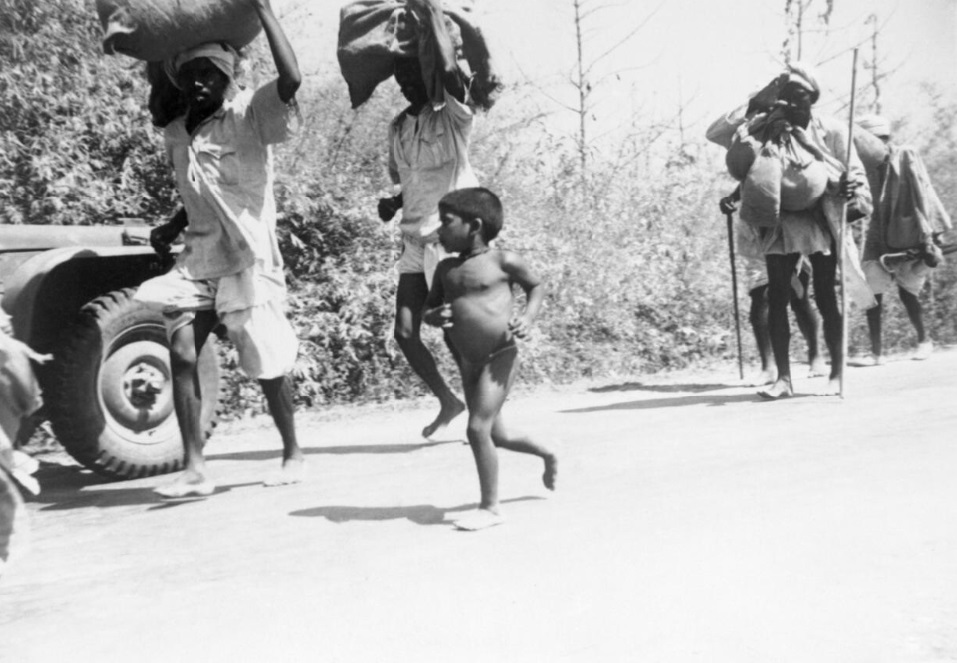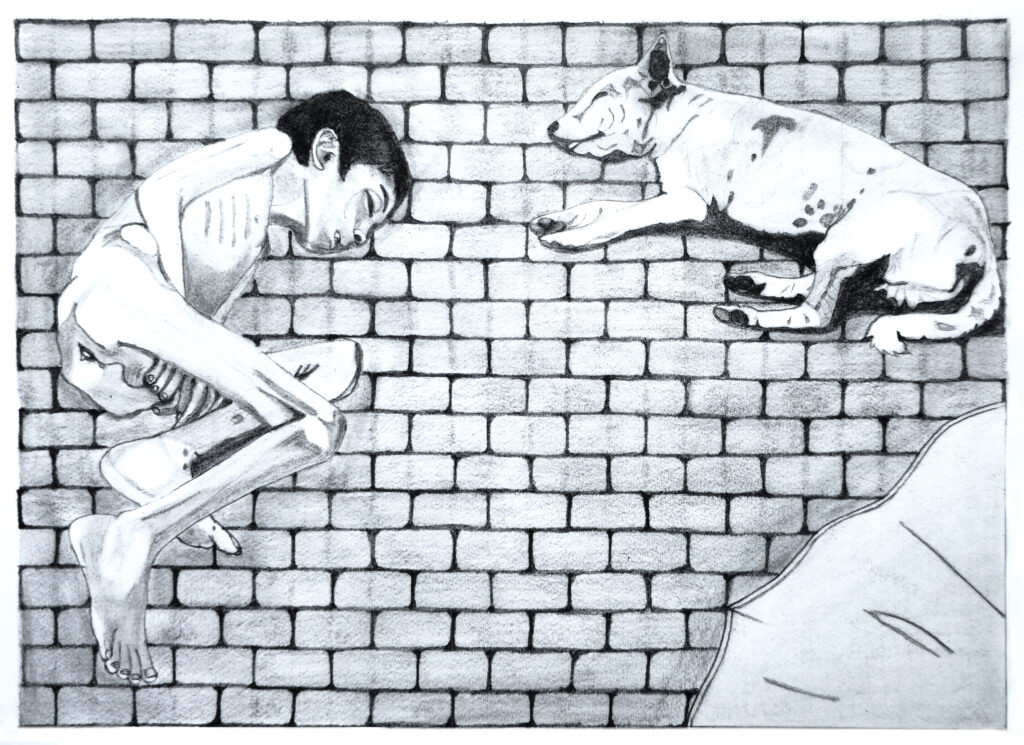
The Bengal Famine of 1943 ranks among the largest man-made catastrophes of the twentieth century. Estimates suggest that up to four million people perished. Unlike classical natural disasters, the cause was not merely a shortage of harvest yields but, above all, a supply crisis exacerbated by the British colonial administration. Military logistics, the requisitioning of transport resources, rampant price speculation, and policies that systematically disadvantaged the rural population culminated in a wave of starvation of almost unimaginable scale. This tragedy continues to shape the collective memory in India and Bangladesh to this day.
A moderate decline in rice production due to cyclones and fungal infestations alone would not have produced such a catastrophe. Decisive instead was a series of political decisions made in the context of the Second World War. British war strategy absorbed large parts of the transport and food supply infrastructure. Requisitioning measures deprived the local population of grain and boats that had traditionally been used to transport food. At the same time, the colonial administration tolerated massive price speculation, which caused rice prices to multiply within a short period, rendering food unaffordable for large parts of the population. The so-called „denial policy“ – the deliberate destruction or confiscation of food and transport resources in order to hinder a possible Japanese invasion – further aggravated the situation. Relief shipments from other parts of India or the British Empire were largely withheld, even though reserves were available. Critics interpret this as a combination of wartime strategy, economic calculation, and racially motivated indifference towards the Indian population, which transformed a supply crisis into a famine epidemic.
In recent years, research has increasingly discussed the hypothesis that such extreme famines not only caused immediate suffering but also left long-term traces in the biological legacy of affected populations. The focus lies on epigenetic modifications triggered by prenatal and early childhood malnutrition. These modifications do not alter the DNA sequence itself but rather its activity, for example through mechanisms such as DNA methylation. Studies of other famines, most notably the Dutch Hunger Winter of 1944–45, have demonstrated that children who were in utero during that period displayed a significantly increased risk of type 2 diabetes, cardiovascular disease, and obesity in adulthood. Specific epigenetic markers, including in the IGF2 gene, were identified in these individuals and remained detectable decades after exposure. Comparable findings have also been reported in Bangladesh, where the famine of 1974–75 was linked in a cohort study to metabolic irregularities and DNA methylation differences.
To date, no comparable molecular biological studies exist for Bengal in 1943. Nonetheless, it appears plausible that this famine may have produced similar effects, given that millions of pregnant women and children in sensitive developmental phases were affected. It is striking that individuals of South Asian origin continue to exhibit an increased risk of diabetes and cardiovascular disease, often at a young age and at relatively low body mass. This observation aligns with the so-called „thrifty phenotype“ hypothesis, which posits that metabolism adapts to anticipate scarcity by conserving energy, yet becomes maladaptive under conditions of abundance. Repeated famine experiences during the colonial era may thus have imprinted such an „epigenetic memory“ across generations.
Although a direct causal link between the 1943 famine and current disease burdens in South Asia has not yet been substantiated by empirical data, the discussion highlights the long-term consequences of colonial policies. It underscores that historical traumas are not only preserved in societal and political structures but may also be inscribed in the biology of entire populations. To further test this hypothesis, additional epidemiological and molecular studies would be required, specifically focusing on the descendants of the generation that survived the famine of 1943.
References:
- How the Bengal Famine Changed South Asian Genes, The Juggernaut, 11.08.2025
- Why South Asian genes remember famine, Scientia News, 17.07.2025
- Did British colonialism make South Asians prone to diabetes, cardiovascular diseases?, Asia News Network, 17.03.2022
- Is famine exposure during developmental life in rural Bangladesh associated with a metabolic and epigenetic signature in young adulthood? A historical cohort study, BMJ Open, 23.11.2016
- The Elevated Susceptibility to Diabetes in India: An Evolutionary Perspective, Frontiers in Public Health, 07.07.2016
- DNA methylation differences after exposure to prenatal famine are common and timing- and sex-specific, Human Molecular Genetics, 01.11.2009
- Persistent epigenetic differences associated with prenatal exposure to famine in humans, PNAS, 04.11.2008
- How British Colonial Famines May Still Be Killing South Asian Hearts Today, Southasian Heart

